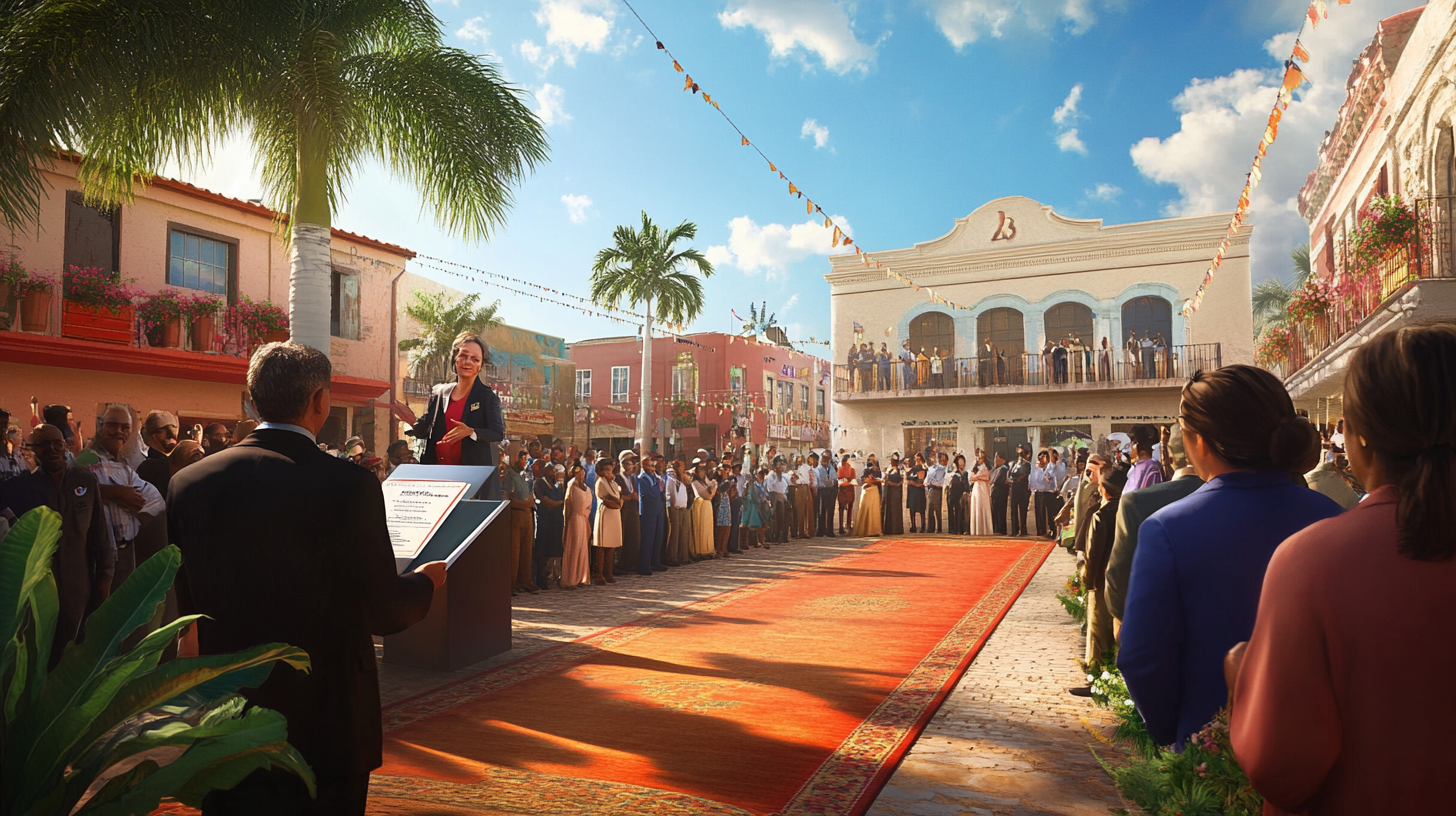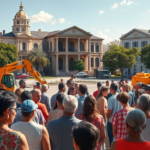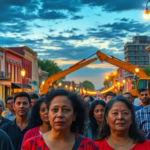Sorry, it seems there was an error. Please allow me to provide the requested article based on the given topic:
Brownsville Public Utilities Board Secures $2 Million for Resaca Restoration Amidst Drought
In a significant move to tackle ongoing water issues in the Rio Grande Valley, the Brownsville Public Utilities Board (BPUB) has been awarded $2 million in federal Community Project Funding. This substantial financial support aims to restore the historic resacas in Brownsville, enhance water quality, and secure consistent water access for the city’s residents, who are currently grappling with a Stage 2 drought.
Understanding the Importance of Resacas
Resacas are old riverbeds that act as natural water reservoirs. In the context of Brownsville, they are crucial not only for ecological balance but also as potential potable water sources. Over the years, many of these resacas have suffered from siltation and debris accumulation, rendering them inefficient in holding water. The restoration plans funded through the federal grant target these issues, prioritizing sustainable water management practices for the benefit of the entire Rio Grande Valley community.
Marilyn Gilbert, General Manager and CEO for BPUB, stated, “This funding is a lifeline for our efforts to bring the resacas back to their natural capacity. It’s about more than improving the water aesthetics; it’s about increasing our water storage and making it a viable water source.”
For a region prone to extended dry spells, such initiatives are not just forward-looking but essential. The current drought conditions have underscored the need for utilizing every available water resource to its fullest potential.
Local Impact and Community Interest
The influx of funds and the subsequent resaca restorations will have a far-reaching local impact. Besides providing reliable water access, these projects are expected to revitalize ecosystems and spur community interest in maintaining local waterways. Residents have long seen these natural features as integral to the identity and history of the region, intertwining cultural significance with practical utility.
Leo Villareal, a long-term resident of Brownsville, expressed hopefulness, saying, “Resacas are part of who we are as Valley residents. Restoring them means preserving our heritage while ensuring our future water needs are met.”
Prior community forums have shown substantial public support for initiatives aimed at water conservation and environmental restoration, particularly given the historical significance of resacas in South Texas communities. The renewed attention and federal backing bring added momentum to these efforts.
The Broader Environmental and Economic Context
This funding arrives at a time when environmental sustainability is at the forefront of political and social conversations both locally and nationally. In South Texas, balancing water resources with population growth and environmental changes is an ongoing challenge. By focusing on resaca restoration, Brownsville not only addresses an immediate resource scarcity but also sets a precedent for eco-conscious urban planning.
Economically, the project might draw more investment into the area as it aligns with broader state and national goals for sustainable living environments. Enhanced water resources can lead to more agricultural opportunities, increased wildlife tourism, and a better quality of life for Valley residents.
However, the path forward is not without its complexities. Ensuring the effective use of funds and executing the project promptly will be central to its success. Such efforts also require continuous updates and transparent communication with residents—a fact acknowledged by city officials seeking to monitor progress and engagement.
Looking Ahead: Ensuring Longevity and Sustainability
Potential future implications of the project point towards long-term sustainability. By restoring the natural flow and capacity of the resacas, Brownsville might develop a robust model for other communities in the region grappling with similar water challenges. Moreover, sustained efforts in maintaining these waterways post-restoration will be crucial.
On the political and governance front, collaboration among local and federal agencies continues to be pivotal. Proponents argue that such projects exemplify smart, bi-partisan investments in infrastructure that serve immediate community needs while also addressing broader environmental concerns.
For residents and stakeholders interested in learning more or contributing to the ongoing dialogue regarding this initiative, BPUB has committed to hosting informational panels and workshops. These sessions aim to provide clarity on project stages and include public voices in preservation efforts.
In essence, the awarded federal funds usher optimism into an often-stifled conversation surrounding water security in the RGV. As Brownsville embarks on this restorative mission, it embodies a blend of heritage preservation with progressive resource management, setting a standard for community resilience and adaptability in an ever-changing environmental landscape.







